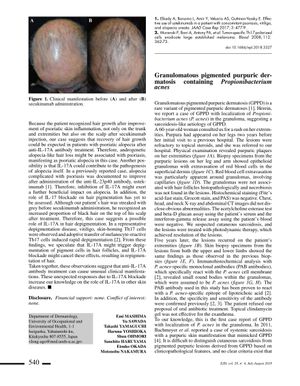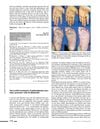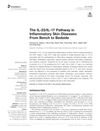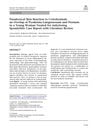Granulomatous Pigmented Purpuric Dermatosis Containing Propionibacterium Acnes
July 2018
in “
European Journal of Dermatology
”

TLDR A medication may help with hair growth in psoriasis, and a skin condition might be linked to a specific bacteria.
The document presents two cases with distinct findings. The first case indicates that secukinumab, an anti-IL-17A antibody, may encourage hair growth and repigmentation in psoriatic alopecia, suggesting IL-17A's involvement in alopecia and hair depigmentation. The patient observed hair growth on various body parts and an increase in black hair on the scalp. The second case is the first to report Granulomatous Pigmented Purpuric Dermatosis (GPPD) with Propionibacterium acnes within the granulomas, proposing a possible sarcoidosis-like cause for GPPD. A 60-year-old woman with purpuric plaques on her extremities was found to have P. acnes in the lesions, highlighting the potential role of P. acnes in GPPD and the usefulness of immunohistochemical analysis with PAB antibodies for diagnosis. Further studies are needed to explore the link between P. acnes, GPPD, and pigmented purpuric cutaneous sarcoidosis.



